Who were my ancestors? Who was their first forefather? Who were the first Kingmas? Where did they live? What did they do? Where does the name Kingma come from? How did Kingma State come into being?
At some point in their life, everyone starts taking an interest in their origins, the roots of their family.
What do we know about the origins of the Kingma family?
In our quest for our ancestors, we found a man by the name of Jelle, the first Kingma we have been able to identify. He was born in 1450 in an area of Friesland known as Westergo at the time. The capital of that region was Franeker. Jelle’s parents lived on a farm, or sate in Frisian, known as King(h)um, which was three kilometres east of Franeker, on the road to Leeuwarden and close to the canal connecting these two cities.
The sate was located along a sharp bend, twist or kink in the road, and we believe that this home (‘hum’) near the ‘kink’ is what gave King(h)um its name. The people living in this home were known as ‘Kingumers’ or ‘Kingumas’, which later evolved into Kingma.
Six generations of this Kingma family lived on the sate. Initially, they were tenant farmers, but through hard work, advantageous marriages and substantial land purchases, the Kingmas climbed the social ladder and acquired quite some prestige in the province of Friesland. The sate became a prominent state (stronghold/villa), known as Kingma State, with voting rights in the provincial government.
The last family member to inhabit the state was Ignatius van Kingma (1621-1700), whose military career saw him reach the rank of colonel and command his own cavalry regiment that regularly joined forces with the army of the Seven United Provinces of the Netherlands. As a brigadier (now: brigadier general), he also commanded infantry.
At some point, the Kingma family was granted the right to bear a coat of arms.
Originally, the Kingma coat of arms consisted of an escutcheon party per fess, featuring two whelks sable on argent as the upper field and an arrow argent on azure as the base field with a swan crest. After Frisia was incorporated in the Habsburg Netherlands in the 15th century, many families added the German eagle to their coat of arms in a third field, as a tribute to the Emperor. The Kingma family was also granted a new coat of arms.
It is suspected that the whelks in the coat of arms refer to the ‘kink’ in the road that gave the Kingma family its name (see above), as the Dutch word for whelk is ‘kinkhoorn’.